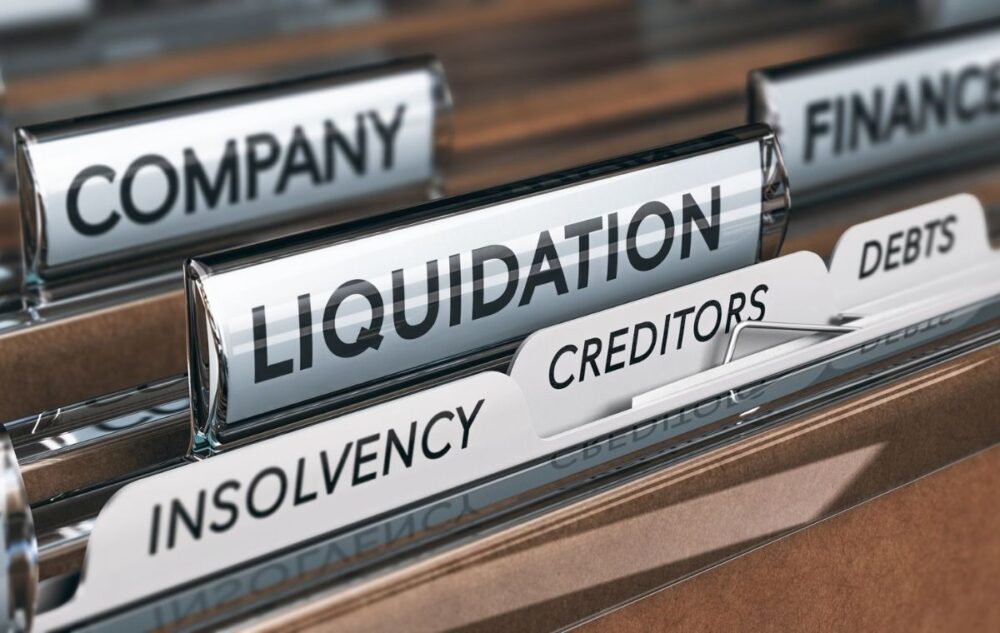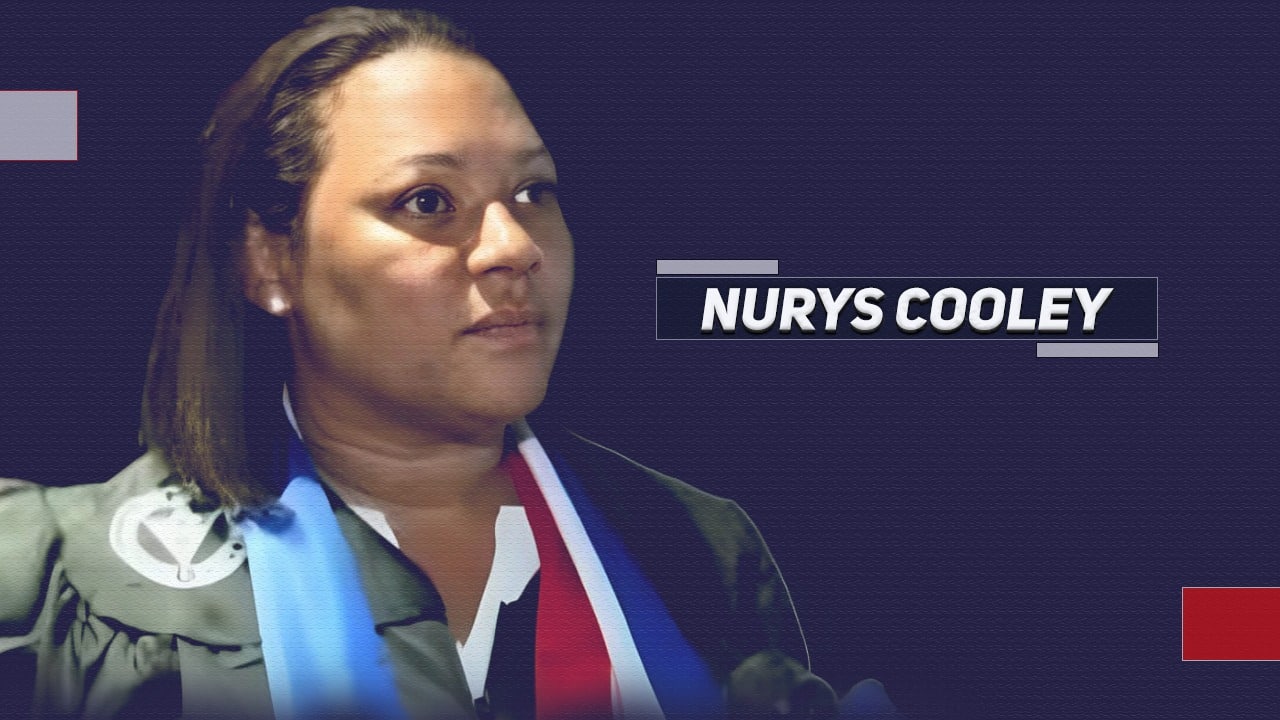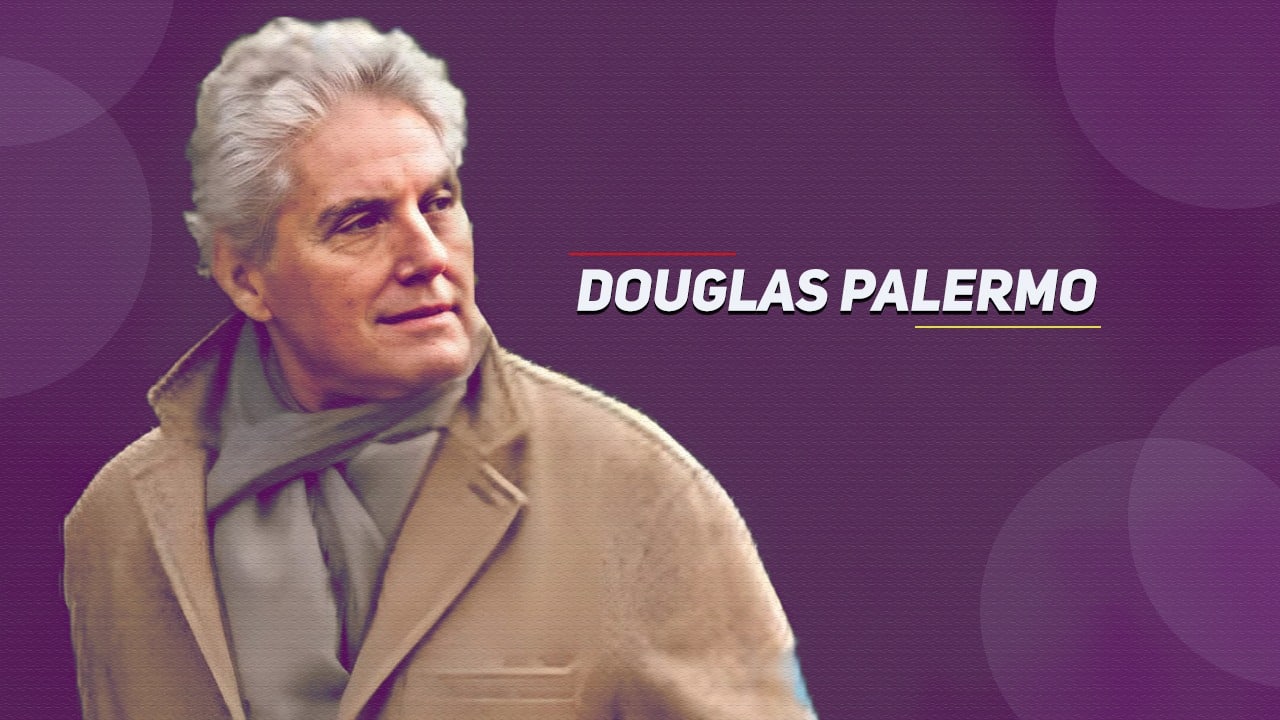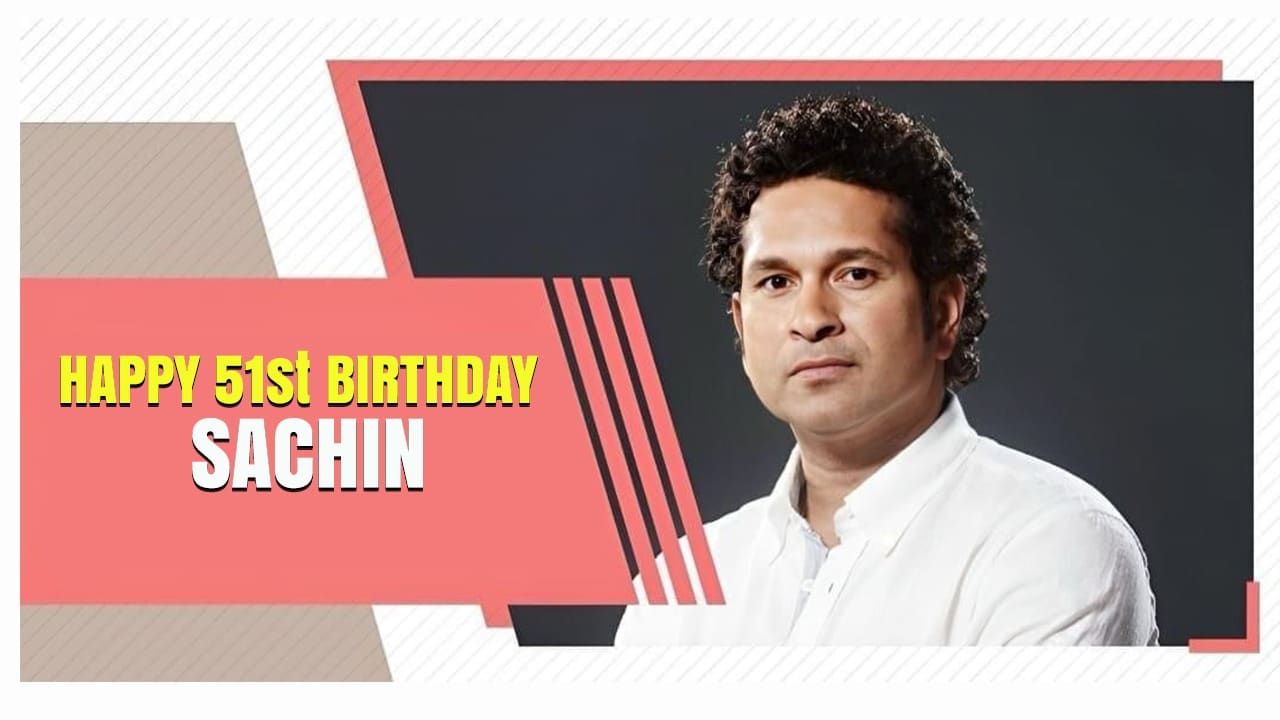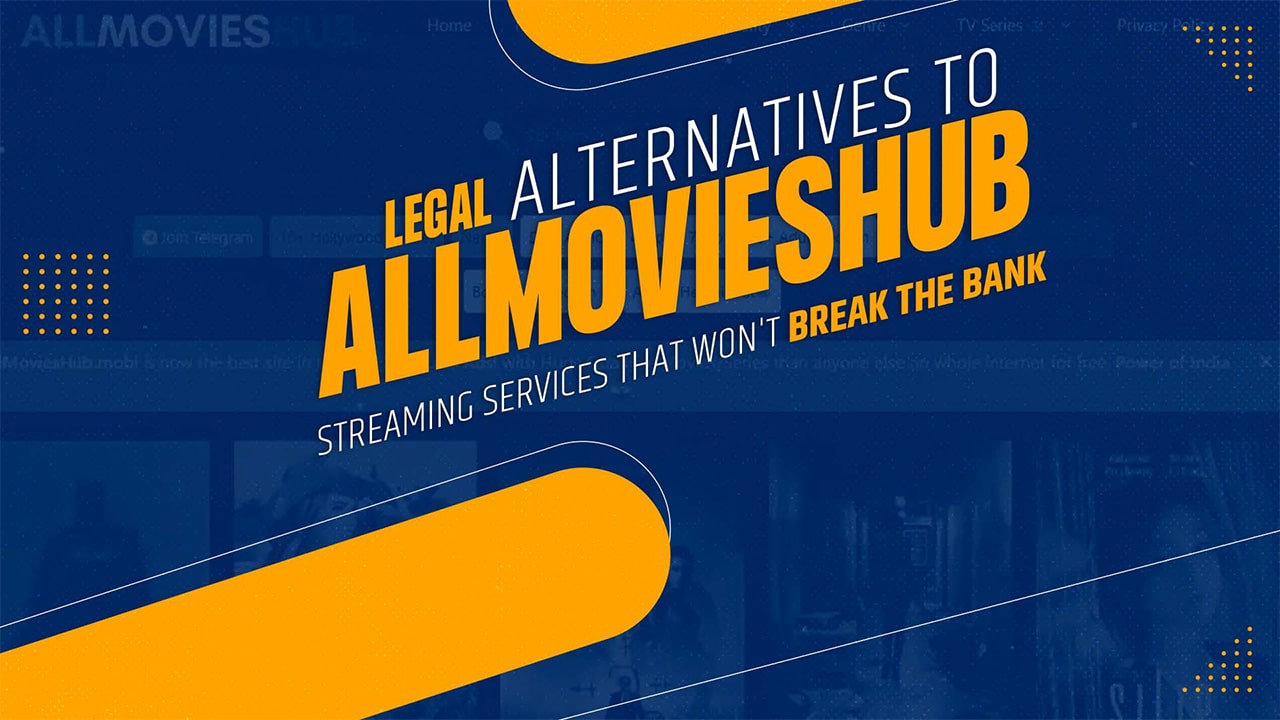Insolvency happens when an organization or individual can’t pay its debts as they face monetary trouble. There are various indebtedness methodologies accessible so the debt holder (the organization or individual confronting the obligation) can deal with the circumstance well. Would it be a good idea for you to be confronted with this, you ought to contact the Insolvency Service, which exists to give the resources to overseeing monetary disappointment. Also, check out this debt settlement service near me.
Types of Insolvency.
Bankruptcy
Bankruptcy just applies to people, sole dealers, or associations, and the entire liquidation time frame goes on for around a year, after which the borrower (the person who owes the cash) is ‘released’.
A loan boss (the individual who is owed cash) can likewise apply for bankruptcy, assuming the individual owes somewhere around £5,000. In the event that the indebted person can’t repay it in money related structure, all resources possessed by the debt holder might be removed and offered to take care of the obligation.
This sort of bankruptcy is lawfully restricting and ought not to be viewed as a path of least resistance to monetary difficulty.
Individual Voluntary Arrangement (IVA)
An IVA is a place where an individual organizes their obligations with lenders as an option in contrast to bankruptcy. This will be introduced to the loan bosses and, assuming it is acknowledged, the understanding will turn out to be legitimately restricting. Entering an IVA will permit a person to keep exchanging, which makes it more alluring than applying for bankruptcy. This sort of bankruptcy could be the right one for those with customary family livelihoods. There are no base uncollateralized debts of somebody entering an IVA, nonetheless, it is frequently for obligations of £15,000, or more.
Company Voluntary Arrangement (CVA)
Compulsory liquidation happens when an organization is requested by a court to be twisted up. A leaser regularly presents an appeal to a court, which expresses that they are owed cash by the organization, which can’t pay these obligations.
Assuming an organization owes more than £750, and can be demonstrated that they can’t take care of this, then, at that point, they are viewed as incapable to pay by a loan boss. Assuming this appeal introduced to the court is effective, a duplicate of the wrapping up request will be put on the organization’s freely available report.
Creditors’ Voluntary Liquidation (CVL)
This is a fast and strong method for shutting a business while managing the cycle legitimately and appropriately. Assuming an organization faces insolvency, it is the obligation of a director to stop exchanging and look for proficient counsel about the choices accessible to them. In the event that this organization has no suitable future, and can’t get back to productivity, a CVL might be the correct approach.
Whenever done accurately and at the earliest conceivable time, a director might not need to pay to sell a restricted organization. Bankruptcy in this situation can frequently be paid for through organizational resources.
Administration
The last kind of insolvency is administration. This applies to restricted organizations, fully intent on getting a business out of monetary difficulty and back exchanging once more – if conceivable. The court, director, or bank might choose an insolvency expert as manager, which puts a ban around the organization while halting legitimate activities.
In the event that the organization can’t be safeguarded from monetary difficulty, the overseer will endeavor to come by a preferable outcome for the leasers over they would assuming the organization was twisted up. On the off chance that this isn’t possible, then the head should offer the organization’s resources to take care of the obligations to the loan boss.

